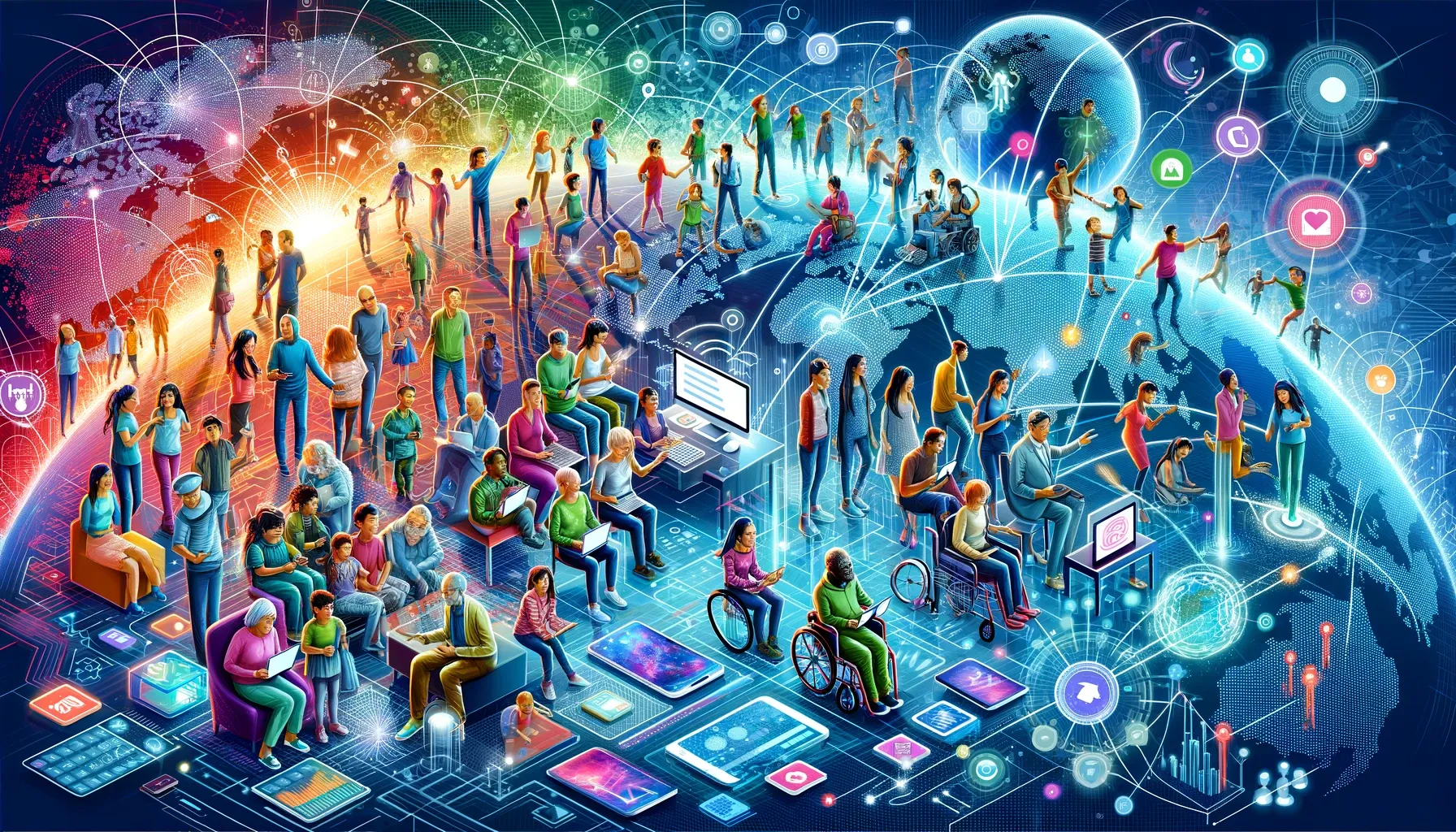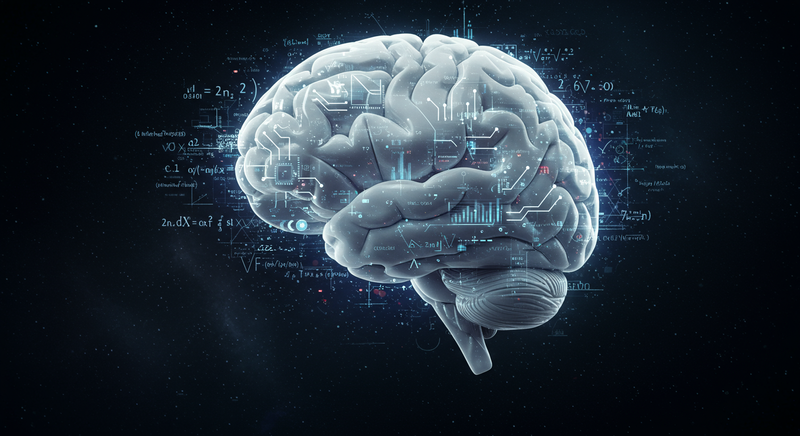Bridging the Digital Divide: Crafting an Inclusive Digital Future
In a world rapidly transitioning into a digital era, the United Nations Development Programme (UNDP) stands at the forefront of an ambitious journey: to harness digital transformation for the greater good. As we embark on this path, it becomes increasingly clear that the future of digital innovation is not just

In a world rapidly transitioning into a digital era, the United Nations Development Programme (UNDP) stands at the forefront of an ambitious journey: to harness digital transformation for the greater good. As we embark on this path, it becomes increasingly clear that the future of digital innovation is not just about technology—it's about people. The UNDP's vision of inclusive digital transformation offers a blueprint for a future where digital technology empowers everyone, not just a privileged few.
The Essence of Inclusive Digital Transformation
Inclusive digital transformation is more than a buzzword; it's a commitment to ensuring that digital technologies are universally accessible and that they enable meaningful and safe use of the internet and digital services for all. This approach prioritizes the needs of the poorest and most vulnerable, including those currently disconnected from the digital world. The goal is to build a society that is open, transparent, sustainable, and leaves no one behind.
A Whole-of-Society Approach
Governments typically lead national digital transformations, but true inclusivity demands a whole-of-society approach. This means engaging stakeholders from government, private sector, civil society, academia, and the public in developing and strengthening local digital ecosystems grounded in inclusivity, sustainability, accountability, and rights. A vibrant digital ecosystem is a complex network of actors and systems, working together to create an environment where digital transformation can occur effectively and inclusively.
The Digital Transformation Framework
The UNDP's Digital Transformation Framework is a comprehensive guide to achieving an inclusive digital transformation. This framework centers around UNDP’s Principles of Digital Inclusion and incorporates Digital Public Infrastructure (DPI) as a key enabler. It consists of five pillars: People, Connectivity, Government, Regulation, and Economy. Each of these pillars addresses specific areas crucial for fostering a digitally inclusive society.
Principles of Digital Inclusion
At the core of the framework are principles that guide towards an inclusive digital transformation. These principles include protecting human rights, ensuring universal access, and fostering trust. They emphasize that digital transformation should not only enable access to rights but also safeguard against the limitation of these rights.
Digital Public Infrastructure
The heart of inclusive digital transformation lies in the core components of DPI: identification, data exchange, and payments. These components, when architected as open, interoperable, standards-based systems, serve as society-wide digital infrastructure.
The Pillars of Transformation
- People: Focusing on human behaviors related to digital technologies, this pillar assesses factors like usage, adoption, skills, literacy, civic engagement, and cultural norms.
- Connectivity: This pillar is about meaningful and inclusive digital connectivity, assessing both physical and social infrastructure required to provide access to everyone in society.
- Government: Governments play a central role in digital transformation. This pillar encompasses government functions, processes, and people as they relate to digital technologies.
- Regulation: Regulations create the environment for a thriving digital ecosystem. This pillar assesses the regulatory framework that supports digital transformation.
- Economy: This pillar focuses on the economic aspects of digital transformation, including the impact of technology on economic opportunities and challenges.
Conclusion: A Future Defined by Digital Inclusivity
The UNDP’s vision of inclusive digital transformation is not just a technical roadmap; it's a commitment to a future where digital technology is a tool for empowerment and equality. It's about creating a world where digital access is a right, not a privilege. As we embrace this digital future, it's crucial to remember that technology is a means to an end—the end being a more equitable, transparent, and sustainable world for all. The journey towards this future is not just about connecting people to the internet; it's about connecting them to opportunities, rights, and a better quality of life. In this digital era, let's ensure that no one is left behind.




